
Tag Archives veterinarian
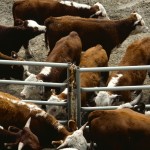
Beef 911: Factors which can contribute to bullers in feedlots
Close observation and working with your vet on a customized plan are key to dealing with this problem

New pain control medication for livestock hits the market
Calgary-based company creates affordable medication for horses and cattle just in time for new code-of-practice rules
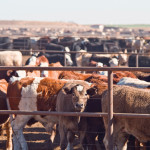
Preconditioned calves pay big dividends after decades
Preparing calves for the feedlot reduces antibiotic use and improves feed efficiency and animal health
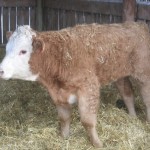
Beef 911: Watch for newer respiratory pathogens
Corona virus and B. trehalosi bacteria aren’t always easy to spot
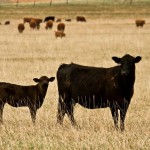
Beef 911: What you need to know about anthrax
There are outbreaks every few years, especially during drought, but there are ways to deal with this scary killer

Beef 911: Rectal palpation versus ultrasound for pregnant cows
Both methods have advantages, but the key is having reproductive exams at least once a year
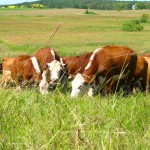
It’s prime time for anthrax, so keep a close eye on your cattle
Highly contagious, infectious soil-borne disease finds victims in grazing livestock

Beef 911: Preventing negative side-effects of cattle vaccinations
It is good practice to take a walk through any recently vaccinated cattle to check for reactions

Provincial task force to evaluate rural veterinary services
The task force will report back to government with recommendations in January

Beef 911: How can you improve your calf processing?
There are always ways to improve and it’s worthwhile reviewing how things went this year


